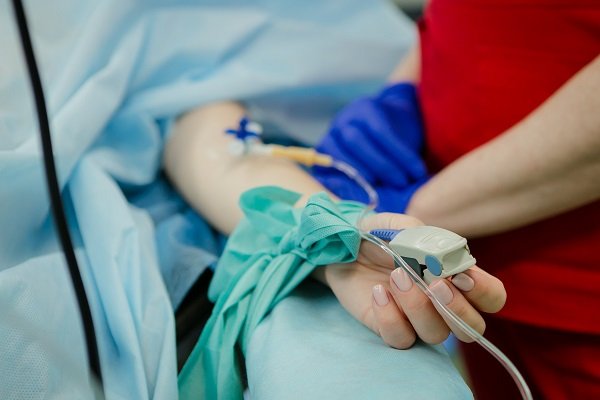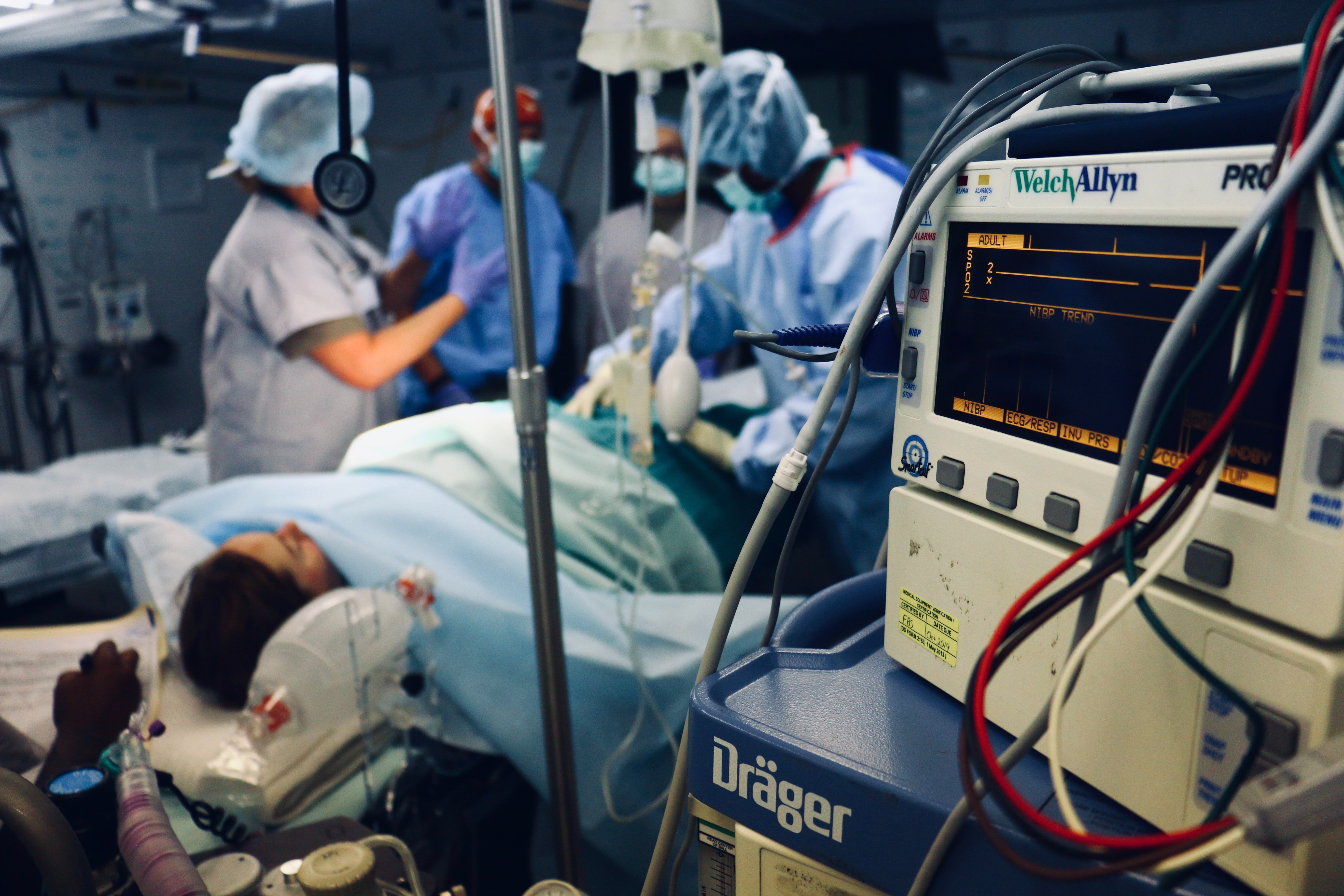She loves writing because it's the perfect excuse for her…
Following its enactment last August 2009, the Republic Act No. 9710 or Magna Carta of Women has been a big win for modern Filipinas in the workforce. The law ensures protection from gender-based violence and equal employment opportunities in the police force, forensics and medico-legal, legal services, and social work services.
The Magna Carta of Women, apart from upholding women’s rights, grants special leave privileges to female workers in the public and private sectors. The Magna Carta leave entitles you to paid leave of up to two months if you need to recover from gynecological surgeries.
The initial resolution only qualifies female employees in the public sector for the special leave benefits. But the Department of Labor and Employment (DOLE) later extended the implementation to the private sector in 2011.
Gynecological Disorders Covered by Magna Carta

The special benefits program is for women who need to undergo gynecological surgeries, whether it’s a major or minor procedure. Minor procedures require a recovery period of up to two weeks whereas major ones need a recovery period ranging from three weeks to two months.
The R.A. 9710 provides a comprehensive list of gynecological disorders covered by Magna Carta in the Guidelines on the Availment of Leaves.
This includes procedures of the:
- Breast
- Major Procedures
- Wide excision
- Mastectomy (total, subcutaneous, radical/modified)
- Lumpectomy/quadrantectomy
- Breast reconstruction (with latissimus dorsi flap, with or without prosthetic implant, with free flap, with other technique, with transverse rectus abdominis myocutaneous flap)
- Minor Procedures
- Mastotomy
- Biopsy of breast, needle core, fine needle aspiration
- Excision (lactiferous duct fistula, cyst, fibroadenoma, or other Benign breast masses)
- Vagina
- Major Procedures
- Colpocleisis
- Anterior and/or posterior colporrhaphy
- Combined anteroposterior colporrhaphy
- Repair of enterocele (vaginal or abdominal approach)
- Colpopexy, abdominal approach
- Repair of vesicovaginal fistula, rectovaginal fistula, and urethrovafinal fistula
- Minor Procedures
- Biopsy of vaginal mucosa and/or masses
- Colporrhaphy
- Colposcopy (Vaginoscopy)
- Colpoperineorrhaphy, suture of injury of vagina and/or perineum
- Vulva, Perineum, and Introitus
- Major Procedures
- Vulvectomy(radical or simple; complete or partial)
- Minor Procedures
- Incision and drainage of vulvar orperineal abscess/masses
- Incision and drainage of Bartholin’s gland abscess
- Marsupialization of Bartholin’s gland cyst
- Excision of Bartholin’s gland or cyst
- Lysis of labial adhesions
- Biopsy of vulvar or perineal masses
- Electracautery of vulvar warts
- Partial hymenectomyor revision of hymenal ring
- Hymenotomy, simple incision
- Cervix
- Major Procedures
- Trachelectomy or cervicectomy
- Excision of cervical stump
- Cerclage of cervix, during pregnancy
- Hysterorrhaphy of ruptured uterus
- Minor Procedures
- Cervical Biopsy
- Cauterization of cervix
- Conization of cervix
- Trachelorrhaphy
- Uterus
- Major Procedures
- Myomectomy (abdominal approach, single or multiple)
- Abdominal hysterectomy (total, subtotal, or radical)
- Vaginal hysterectomy
- Uterine suspension
- Hysterorrhaphy
- Hysteroplasty
- Minor Procedures
- Dilation and curettage
- Hysteroscopy
- Vaginal Myomectomy
- Ovary
- Major Procedures
- Oophorectomy (partial or total; unilateral or bilateral)
- Ovarian cystectomy, unilateral or bilateral
- Resection of ovarian malignancy
- Laparotomy, for staging or restaging of ovarian malignancy (“second look”)
- Ovariolysis
- Minor Procedures
- Aspiration of ovarian cyst(s)
- Drainage of ovarian abscess, vaginal approach
- Major Procedures
- Major Procedures
- Major Procedures
- Major Procedures
- Major Procedures
- Major Procedures
What’s NOT Covered by Magna Carta

The most common examples of gynecological disorders are uterine fibroids (commonly known among Pinoys as myoma), dysmenorrhea or severe menstrual cramps, and polycystic ovary syndrome or PCOS.
However, you can’t file a gynecological leave for these disorders, even if it’s just for a day. The special leave benefits only cover gynecological surgeries that would require you to take some time off to recover.
Good news, though; menstrual leave is now possible. This grants you one leave credit each month for period pains, with 50 percent daily compensation. Although this benefit is not yet enacted into law, you can settle it with your employer through a collective bargaining agreement (CBA).
Maternity Leave, SSS Sickness Benefit, and Special Leave Benefit

A lot of women get confused about getting multiple benefits along with the Magna Carta special leave, particularly the statutory maternity leave and SSS Sickness Benefit.
When it comes to the SSS benefit, DOLE clarified that you can get it in conjunction with the gynecological leave because these two are provided by different entities. Plus, the amount you’ll get from your SSS sickness benefit are accumulated from your monthly contributions, so you should be entitled to it.
On the other hand, if you undergo a gynecological operation while on maternity leave, you’re still eligible for the Magna Carta special leave. But you are only entitled to the difference between the maternity leave benefits and the Magna Carta Special Leave benefit.
In essence, the Magna Carta of Women reflects the state’s effort to protect Filipinas, especially those belonging to marginalized sectors. The special leave benefit program aims to female employees take better care of their reproductive health.
Although there are still issues that need clearing up in the law’s implementation, the grant of gynecological leaves represents another milestone for women in the workforce.
What's Your Reaction?
She loves writing because it's the perfect excuse for her to make more puns.

